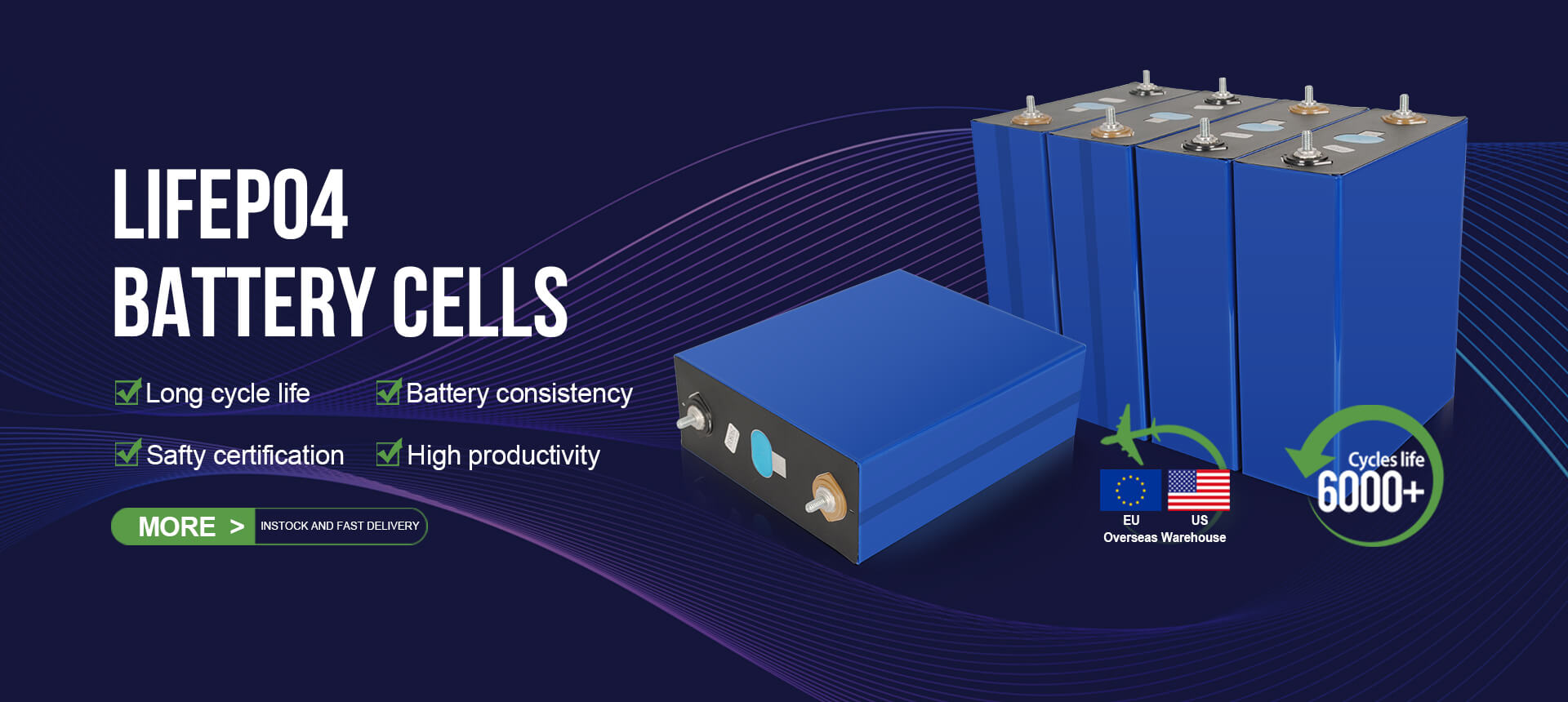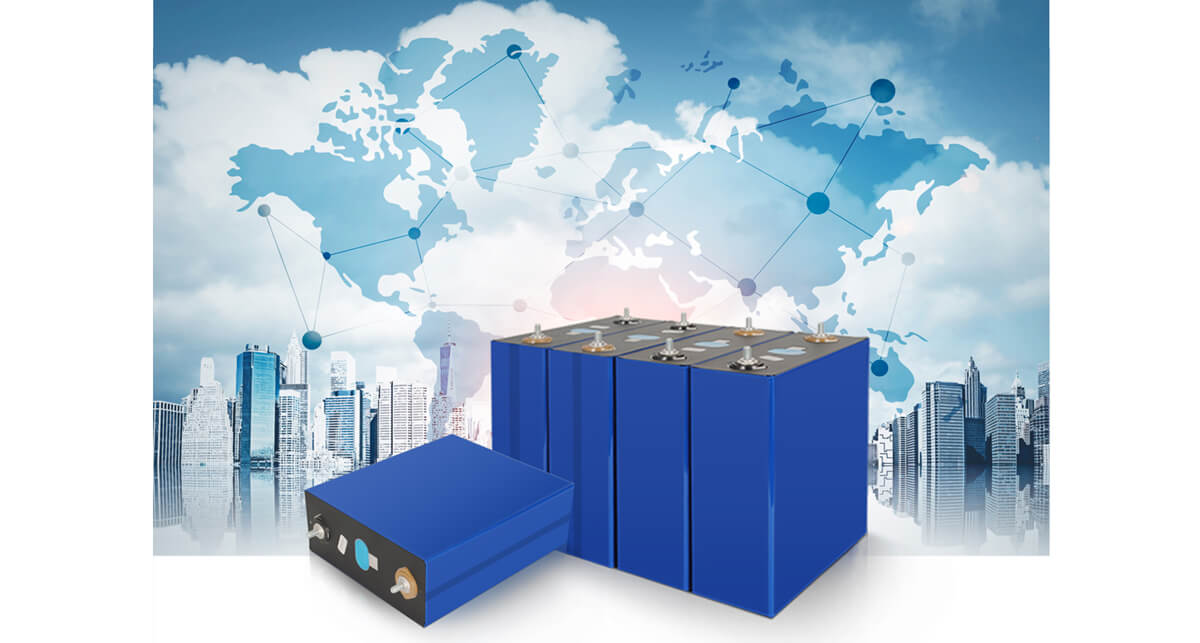
LiFePO4 Battery Cells
Factors driving the growth of the lithium iron phosphate market
The lithium iron phosphate (LiFePO4) market is expected to witness exponential growth in the coming years. There are several factors that are driving this growth, including the increasing demand for electric vehicles (EVs), renewable energy storage systems, and portable electronic devices. The market is also being driven by the advantages offered by LiFePO4 batteries over traditional lithium-ion batteries, including better safety, longer lifespan, and higher energy density.
Primary factors driving the growth of the lithium iron phosphate market is the increasing demand for EVs. LiFePO4 batteries are a popular choice for EV manufacturers due to their high energy density and long cycle life, making them ideal for powering electric cars. The adoption of electric vehicles is on the rise, driven by the increasing awareness of environmental issues and the push towards sustainable transportation solutions. This trend is expected to continue, further driving the growth of the LiFePO4 market.
The growth of the lithium iron phosphate market is the increasing demand for renewable energy storage systems. With the rising popularity of solar and wind power, there is a growing need for efficient and reliable energy storage systems. LiFePO4 batteries are an ideal choice for this application due to their high energy density, long cycle life, and better safety profile compared to other battery types. As the demand for renewable energy continues to grow, the demand for LiFePO4 batteries is expected to grow in tandem.

The role of government policies and regulations in promoting the use of lithium iron phosphate batteries
Lithium iron phosphate (LiFePO4) batteries has been promoted by various government policies and regulations around the world. Governments are increasingly recognizing the importance of reducing greenhouse gas emissions and promoting sustainable energy solutions. As a result, many countries have implemented policies to incentivize the adoption of LiFePO4 batteries, particularly in the transportation and energy storage sectors.
The ways that governments are promoting the use of LiFePO4 batteries is through financial incentives. For example, many countries offer tax credits, rebates, or subsidies for the purchase of EVs and renewable energy storage systems that use LiFePO4 batteries. This can help to offset the higher upfront cost of LiFePO4 batteries compared to traditional lead-acid or lithium-ion batteries, making them a more attractive option for consumers and businesses.
Governments are also implementing regulations that require the use of LiFePO4 batteries in certain applications. For example, in China, the government has mandated the use of LiFePO4 batteries in all electric buses and taxis, in an effort to reduce air pollution and improve public health. Similar regulations have been implemented in other countries, particularly in Europe, where there is a strong focus on reducing carbon emissions and transitioning to a low-carbon economy.

Key players in the lithium iron phosphate market and their strategies for growth
The lithium iron phosphate (LiFePO4) market is highly competitive, with several key players vying for market share. Some of the leading players in the market include CATL, BYD, Johnson Matthey, and Toshiba. These companies are implementing various strategies for growth, including research and development, partnerships, and mergers and acquisitions.
Research and development is a key strategy for growth in the LiFePO4 market. Companies are investing heavily in developing new and improved LiFePO4 batteries with higher energy density, longer lifespan, and faster charging times. This is being achieved through the use of advanced materials, improved manufacturing processes, and new battery management systems. Companies that can develop better LiFePO4 batteries will have a significant advantage in the market, as they will be able to offer better products that meet the growing demand for sustainable energy solutions.
Partnerships are another important strategy for growth in the LiFePO4 market. Companies are partnering with each other and with other organizations to share knowledge, expertise, and resources. This can help to accelerate the development of new technologies and products, and can also help companies to expand their market reach. For example, CATL has partnered with car manufacturers such as BMW and Volkswagen to develop LiFePO4 batteries for their electric vehicles.
Mergers and acquisitions are also becoming increasingly common in the LiFePO4 market. Companies are acquiring other companies to expand their product portfolios and gain access to new markets. For example, in 2020, Johnson Matthey acquired Clariant's Energy Storage business, which included LiFePO4 technology, in order to strengthen its position in the battery materials market. As the LiFePO4 market continues to grow, we can expect to see more mergers and acquisitions in the coming years.

Future trends and opportunities in the lithium iron phosphate market
The lithium iron phosphate (LiFePO4) market is expected to experience significant growth in the coming years, driven by the increasing demand for electric vehicles, renewable energy storage systems, and portable electronic devices. However, there are also several emerging trends and opportunities that are likely to shape the future of the LiFePO4 market.
The most significant trends in the LiFePO4 market is the increasing use of LiFePO4 batteries in grid-scale energy storage systems. As renewable energy continues to become more prevalent, there is a growing need for large-scale energy storage systems that can store excess energy generated during peak production hours and release it during times of high demand. LiFePO4 batteries are well-suited to this application, as they offer high energy density, long lifespan, and excellent safety.
Another trend in the LiFePO4 market is the growing importance of recycling and sustainability. With the increasing adoption of LiFePO4 batteries, there is a growing concern about the environmental impact of disposing of these batteries once they reach the end of their lifespan. To address this issue, companies are investing in recycling technologies that can recover valuable materials from used batteries and reduce waste. Additionally, companies are exploring ways to improve the sustainability of the entire battery lifecycle, from mining and production to disposal.
The future of the LiFePO4 market looks bright, with significant growth expected in the coming years. As the demand for sustainable energy solutions continues to rise, LiFePO4 batteries are likely to play an increasingly important role in powering the world's transportation and energy storage needs. By embracing emerging trends and opportunities, companies in the LiFePO4 market can position themselves for success in this rapidly growing industry.









